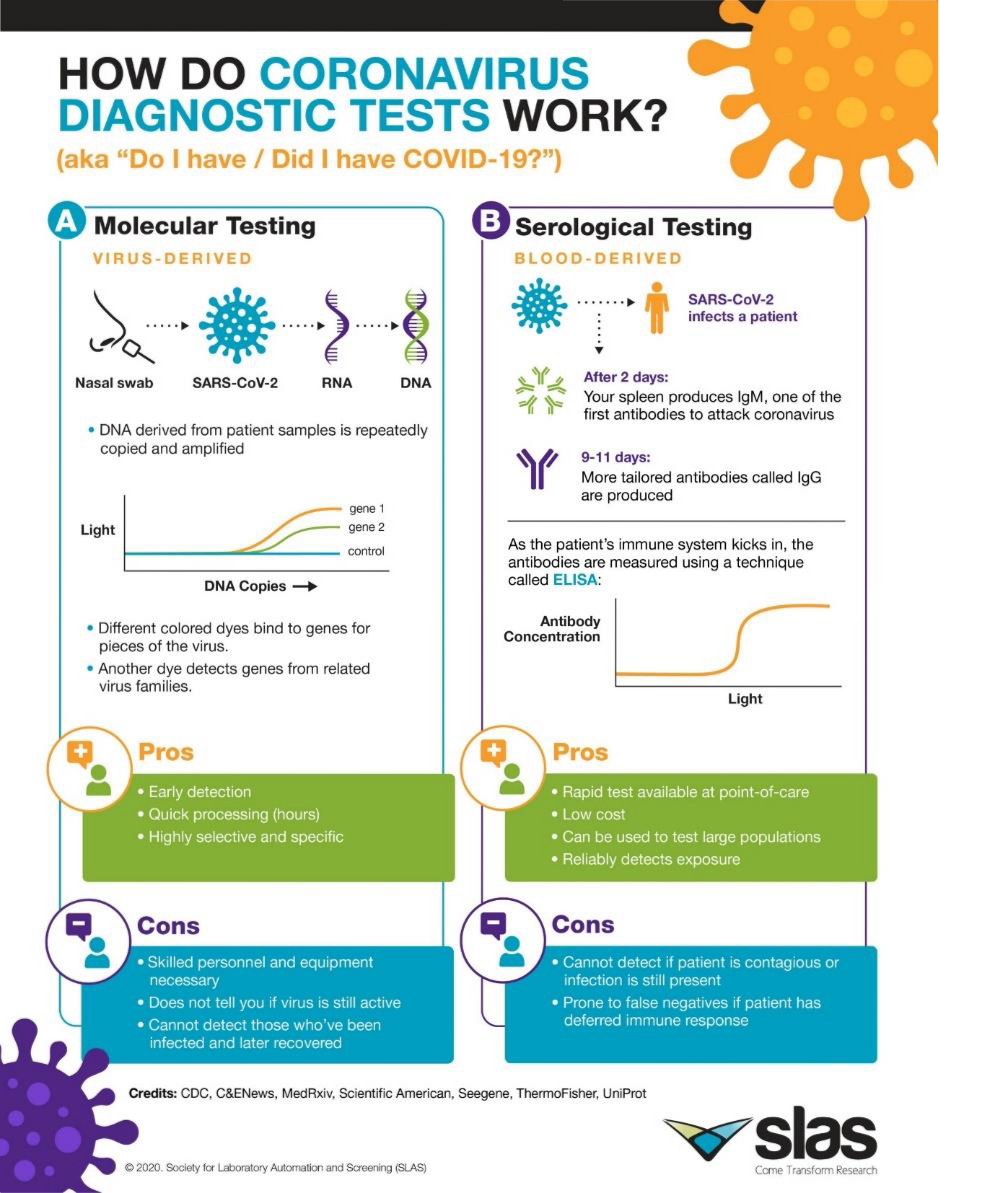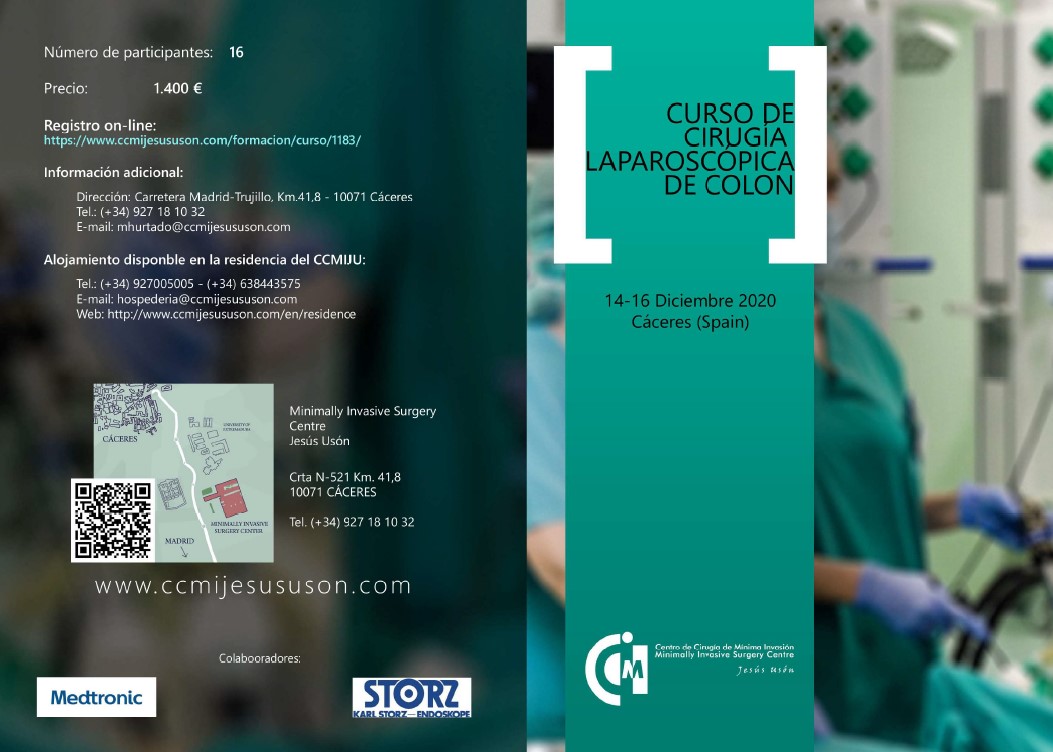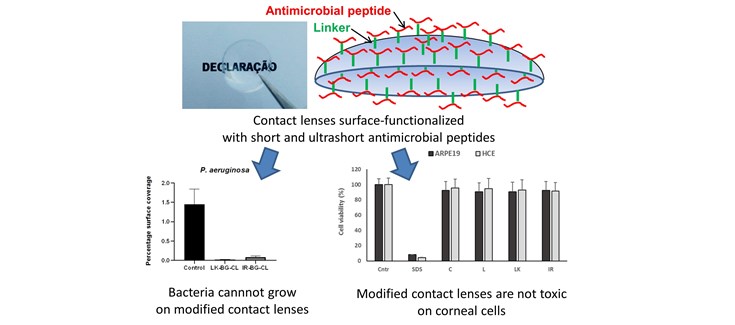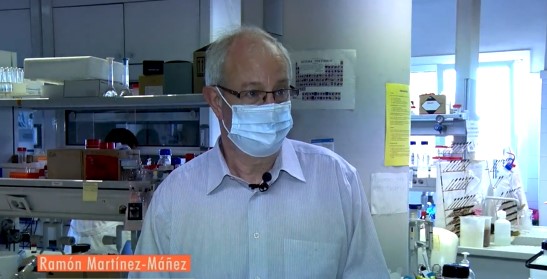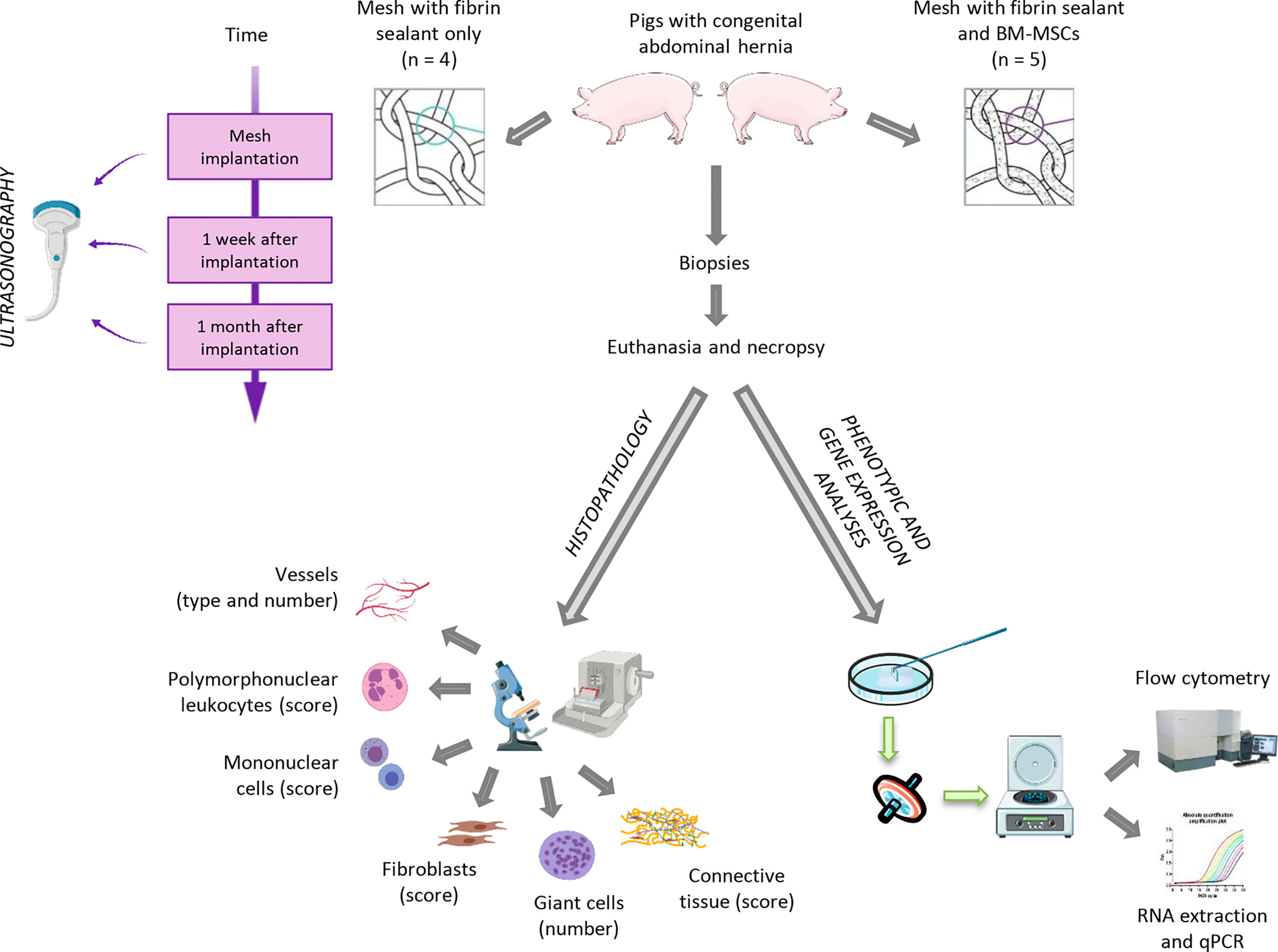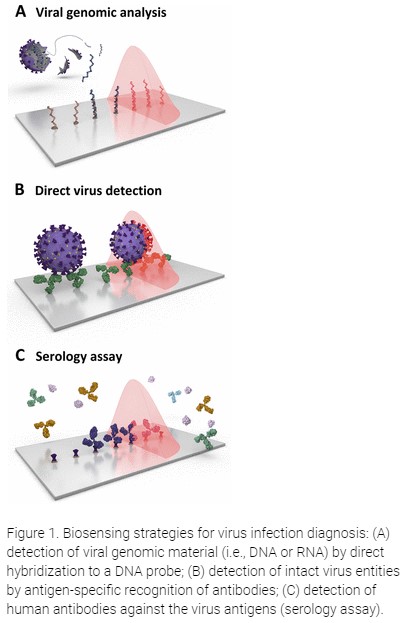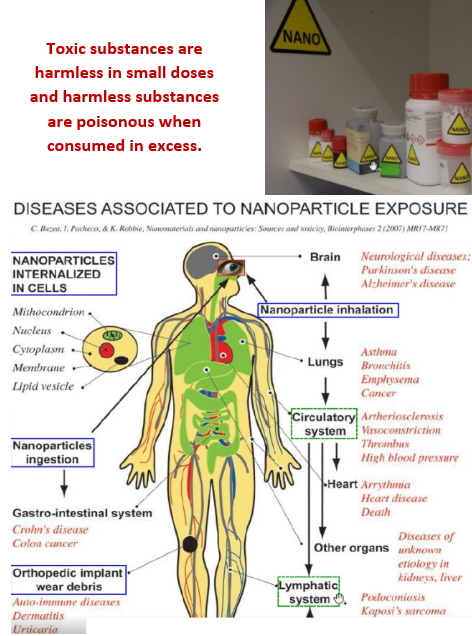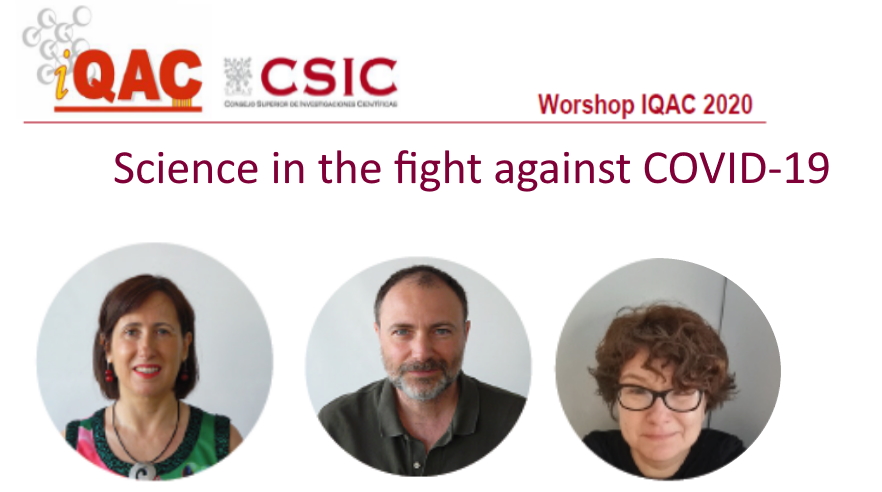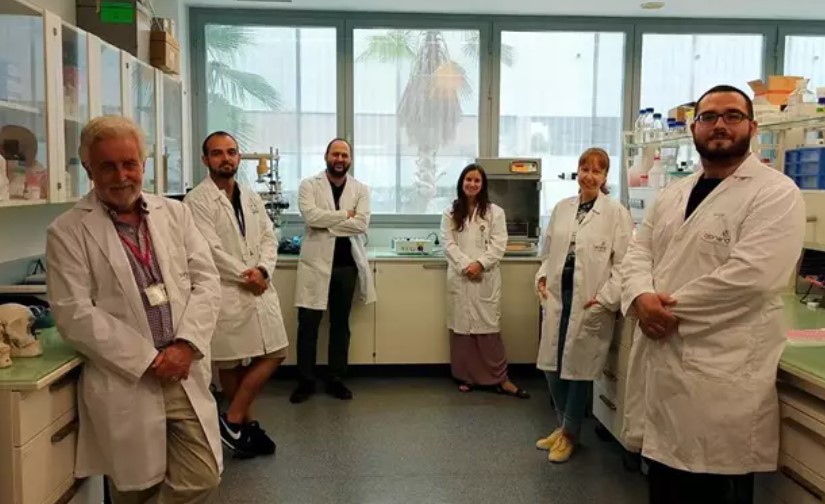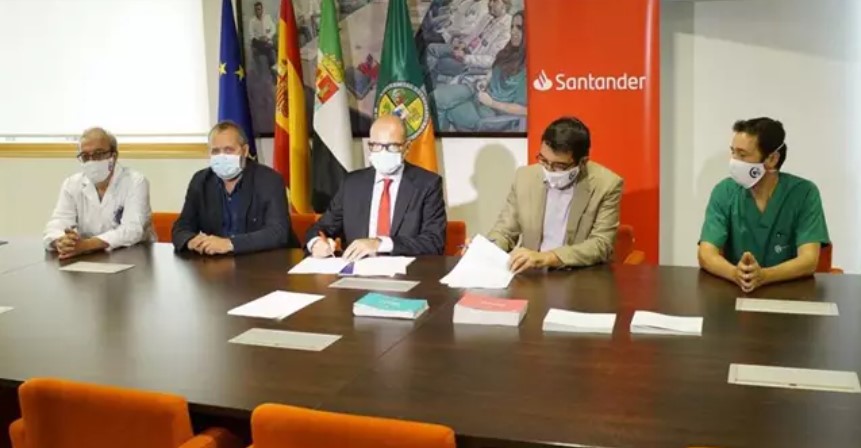New updated version of the CSIC report on COVID-19
The report by Spanish Higher Council for Scientific Research (CSIC) summarizng the most relevant scientific results on the Covid-19 pandemic. “A global vision of the Covid-19 pandemic: What we know and what we are investigating from CSIC”, has just published its version number 4.
This report is structured in five blocks: prevention, disease, containment and diagnosis, treatment and vaccines, and global impact.
The containment and diagnosis block describes how the virus is transmitted in the air indoors and the analysis of wastewater as a system for early detection of SARS-CoV-2 is explained. In addition, the importance of diagnosis in the face of the pandemic is underlined and the different types of detection tests available and the diagnostic strategies to control the spread of the infection are detailed. The CIBER-BBN/IQAC-CSIC Nb4D research group and its research platform NANBIOSIS-ICTS Unit 2 Custom Antibody Service (CAbS) takes and important role in this block.
Pilar Marco, Scientific Director of CAbS is co-author, toguether with Cesar Fernandez (IBM-CNM-CSIC) of the chapter 3.4 “The role of the Diagnosis in the face of pandemic” wich provides information on the types of tests, how to perform and how to use them for the different purposes for which diagnosis is an indispensable tool. “From a broad perspective, we can distinguish between two types of tests: A. Viral tests: they detect the SARS-CoV-2 virus, include the well-known PCR (Polymerase Chain Reaction) or molecular tests, which detect the genetic material virus B. Test that detect the response of the human body to infection. They include so-called “serological tests, which detect antibodies produced by the patient’s immune system, although other types of biomarkers can also be detected.”
For further information and access to report: http://hdl.handle.net/10261/218312
